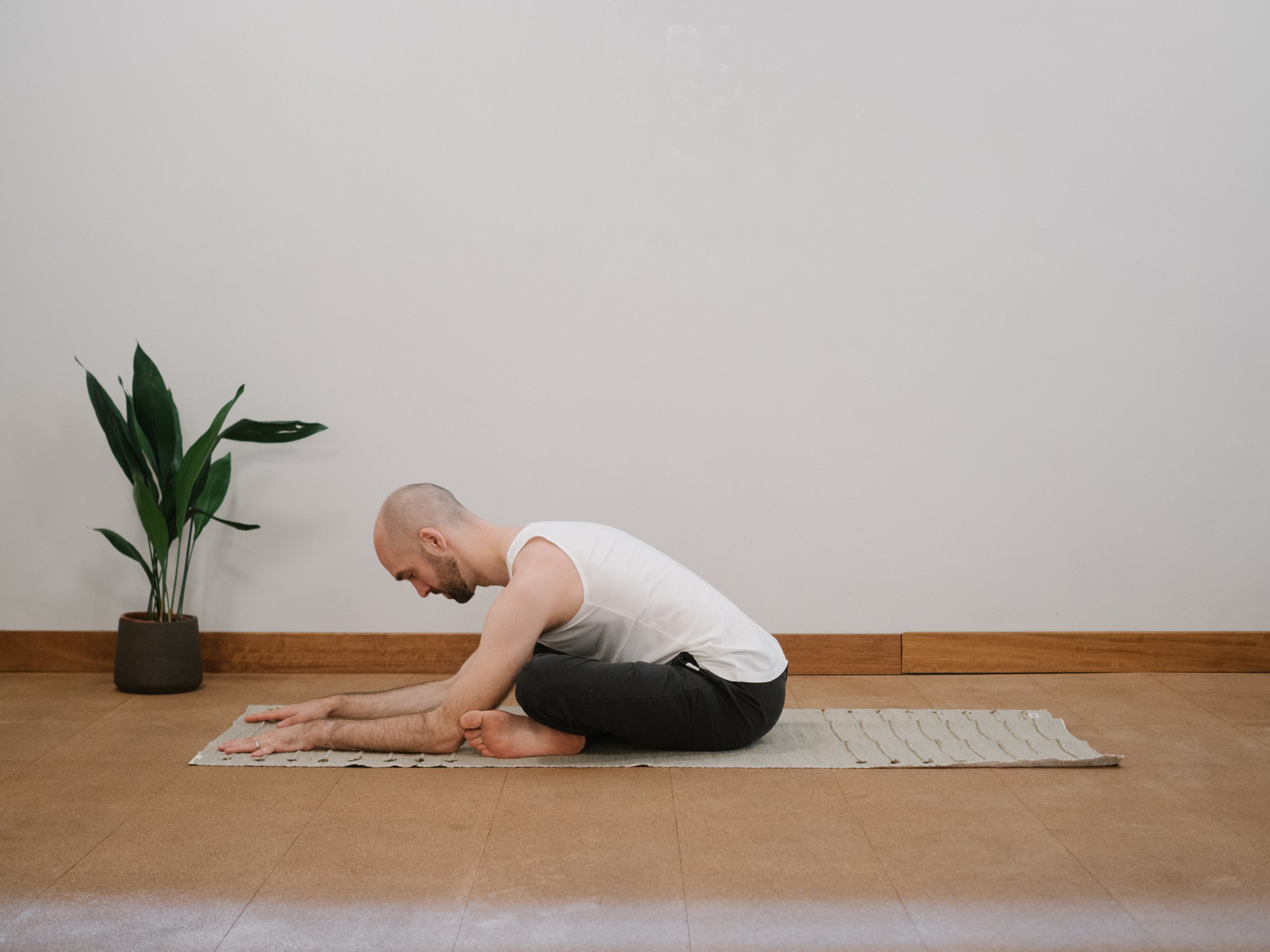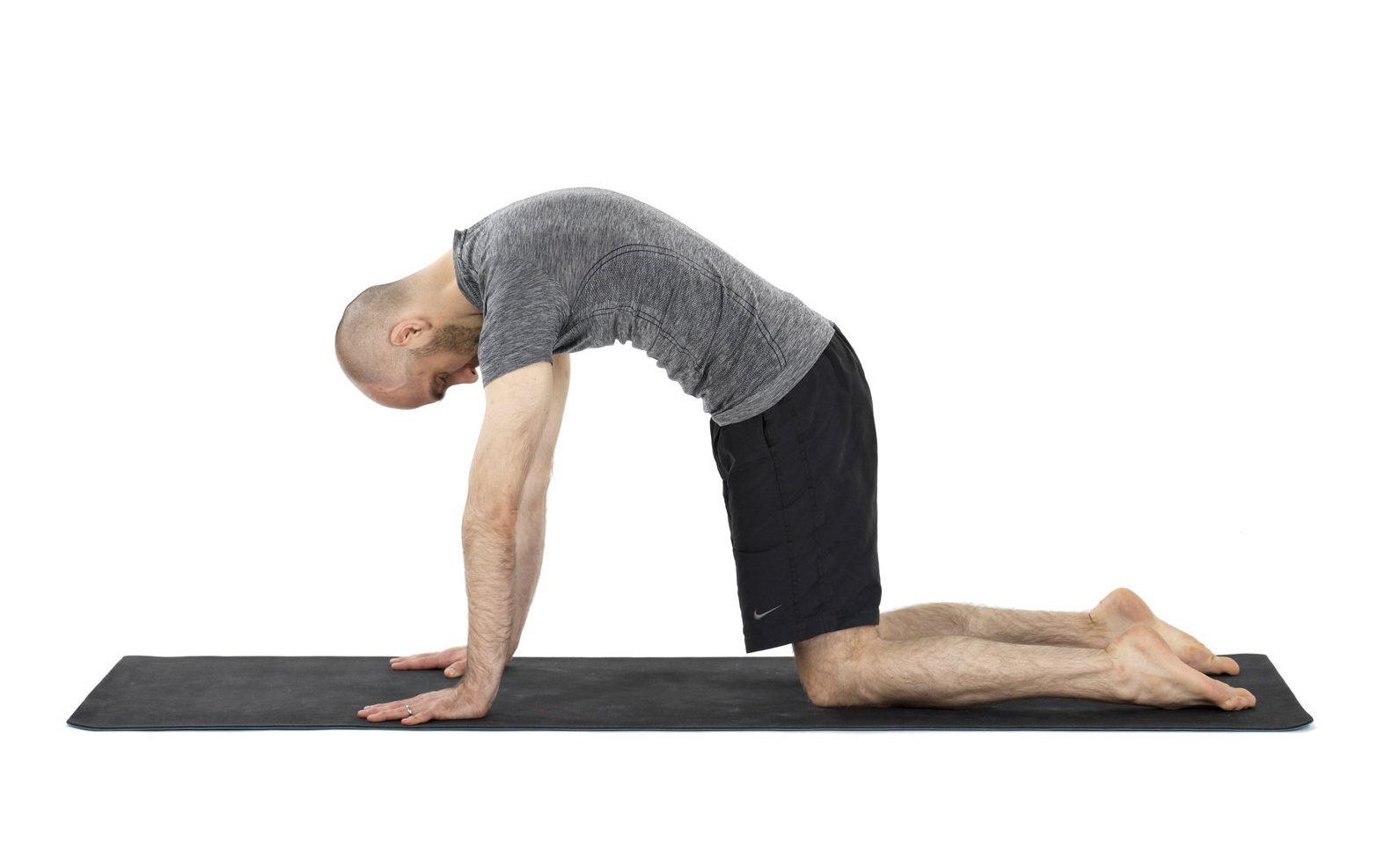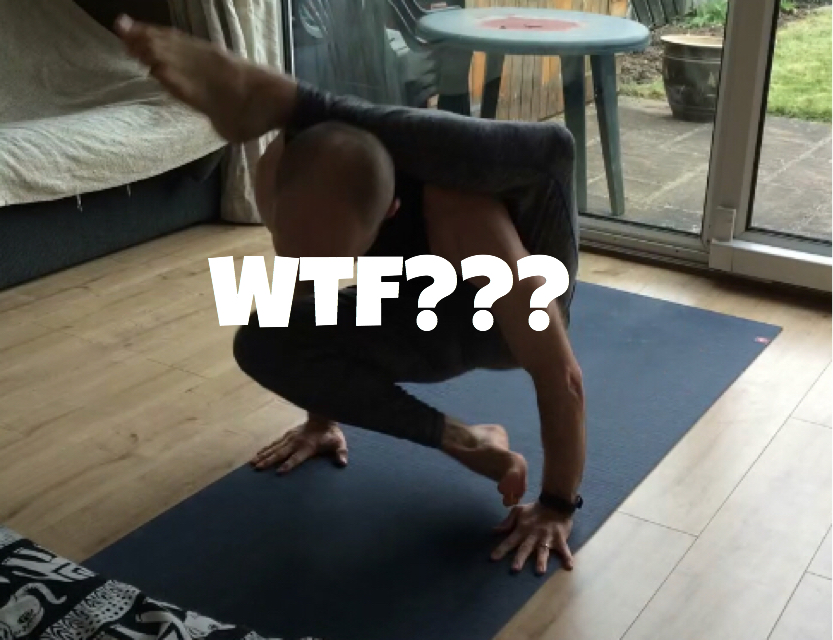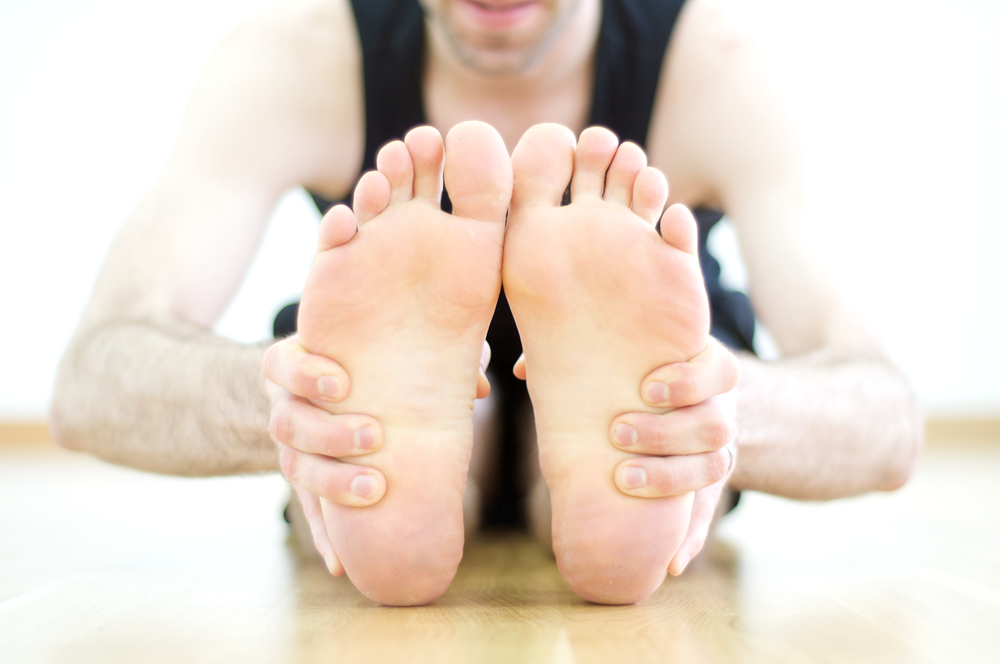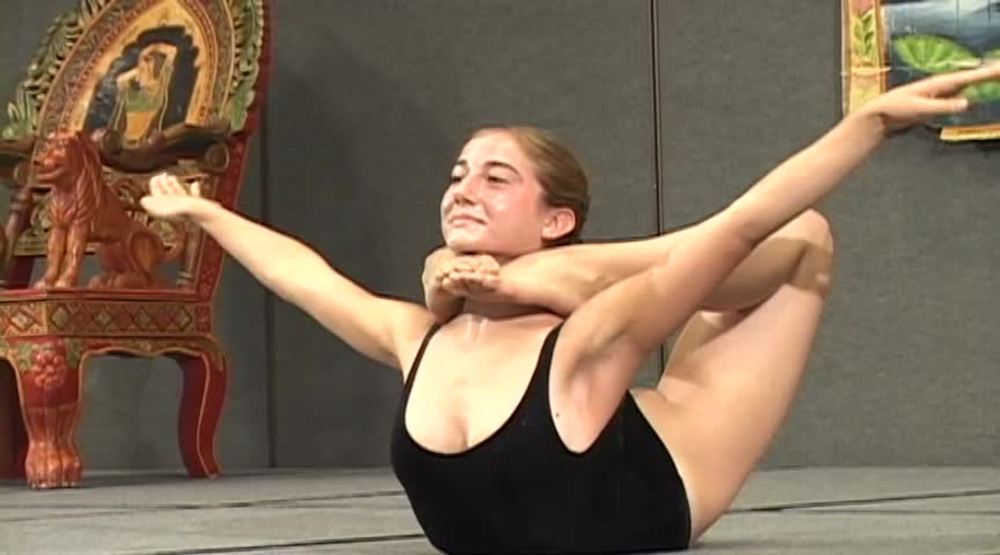In this video I demonstrate a few variations of the jump through and jump back transitions
I remember my first Ashtanga class vividly....particularly the point at which the teacher, Nick, instructed everyone to 'lift up and jump back'.
Try as I might I couldn't get my sit bones more than a fraction of an inch off the floor and there was absolutely no way that my legs were going to get through my arms.
Thankfully Nick was a good teacher, and over the next weeks he explained the mechanics and principles behind this seemingly impossible movement...and with practice it came over time.
In the years since that initial encounter, I've picked up many tips, techniques and practices that can help to develop the strength and control to 'lift up and jump back' or to float from down dog through to a seated position.
Below I've distilled these down to my Top 5 Tips for cracking the jump through code - I hope you'll find them helpful.
1. Strong hands, mobile wrists
When taking jump through and jump back movements we need to ensure we have a really strong foundation in our hands...if it’s weak, then that weakness will carry through the entire kinetic chain, making the movements impossible.
‘Hasta bandha’ or the cambered hand position creates a strong foundation through the hands
So the harder we press down into the floor, the better - that connection down into the floor then creates the ‘rebound energy’ needed to lift and support the weight of the body with the hands.
(I wrote about settling hand positions for hand balances in my Top 5 Tips for Mastering Hand Balances - the same principles apply)
The other thing that we need to be conscious of is that, because we need to bring the shoulders forward of the hands and wrists (with the arms fully extended), jump back and jump forward transitions require a LOT of wrist extension.
So if you don’t currently have that range of motion in the wrists then you’ll need to spend some time developing it before attempting these transitions. The easiest way to do this is to replicate the jump through hand and shoulder set up but with the weight of the body supported by the floor.
From all fours, with arms extended, shift the weight forward to bring your shoulders forward of your wrists (squeezing the mat with your fingertips)…you can build up over time to increase the range of the movement.
Also make sure that you spend a few minutes mobilising the wrists first (at minimum circling them with bunched fists, and then flexing and extending them with flat palms and fingers extended).
2. Make your arms longer
Cat stretch helps us to develop shoulder blade protraction and spinal flexion
I know…that sounds impossible! But by flexing (or ‘rounding’) our spine and drawing our shoulder blades forward and around the sides of our rib cage - just as we do in cat stretch and bakasana - we’re able to make our arms ‘functionally longer’.
So imagine that your arms start not from your shoulders, but from the centre of your chest - by reaching as far forward as possible you will add a few valuable inches to your reach.
When applied to jump backs and jump throughs these extra inches create the space we need to ‘get all the way through’ - but in order to make use of that space we need to apply our next two principles...
3. Compression + Core
Let’s be honest - even when we’ve made our arms ‘longer’ there’s still not much space to squeeze through.
So we need to make the rest of our body as small as possible by tucking into as tight a ball as we can manage.
Actively ‘compressing’ the thighs and abdomen together and squeezing the heels towards our sitbones will help us to keep the feet lifted. Poses such as Navasana (with bent knees and shins crossed to replicate the ‘jump through’ position) will help us to develop the compression strength we need.
4. Tuck in tight
Bent knee Navasana develops hip flexor and compression strength
We also need to work on our hip mobility - not only is a deep cross legged forward fold required, but we also need enough strength in our hip flexors to keep the legs drawn into the body without the use of hands or gravity.
Squats and cross legged forward folds will help to develop the range of motion we need, and again poses such as bent knee Navasana will develop hip flexor strength.
There are also more specific applied practices and drills for the jump back / through. I explore all of these in my ‘cracking the jump through code’ workshops (check here for the next date).
5. Send your hips high
Often I see people trying to take the jump through with a very flat trajectory - which means that their feet hit the mat way before they’ve reached their hands.
Instead, rather than jumping forward, jump up and ‘swing’ through. David Swenson uses the analogy of a skateboard ramp - we need to get to the top of the ramp in order to generate the momentum and trajectory required.
Sukhasana (cross legged forward fold) helps to develop hip mobility
And rather than thinking about your seated position as the end point in the movement (the ‘bottom of the skate ramp’), think about making it back up to the top edge, on the opposite side.
Keep Practising...
So there you have my Top 5 Tips to cracking the jump through code…
We also need to exercise patience (a LOT of patience) and be prepared to spend time working on foundational postures that help us to build towards these challenging movements.
This will help us to approach our exploration with confidence - progressively building strength and technique over time.
So do spend time mobilising the wrists, spend time in cat stretch, plank and bakasana to build strength and stability in the shoulders and work on your hip mobility too.
You can also check out my jump through workshops - in these we look at various approaches to each transition, progressing from basic options to more challenging variations.
You'll leave the workshop with an understanding of the techniques behind these movements and with some simple practices that you'll be able to take back to your mat and work with over time...if you stick with them I guarantee you'll be floating before you know it!
And if you have any other questions about these transitions, or would like to work on them in person - please do get in touch.
The jump through - hips high, arms long...and through we come




